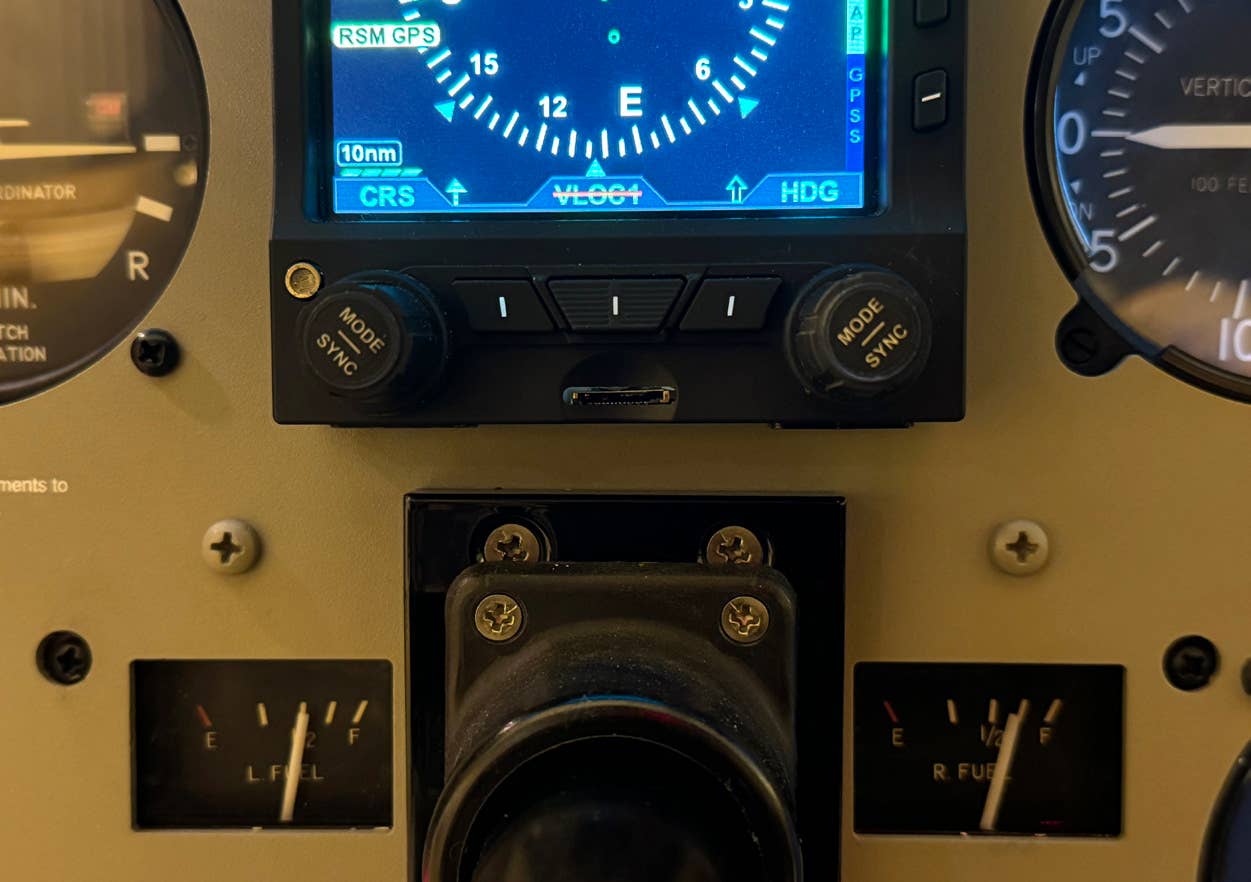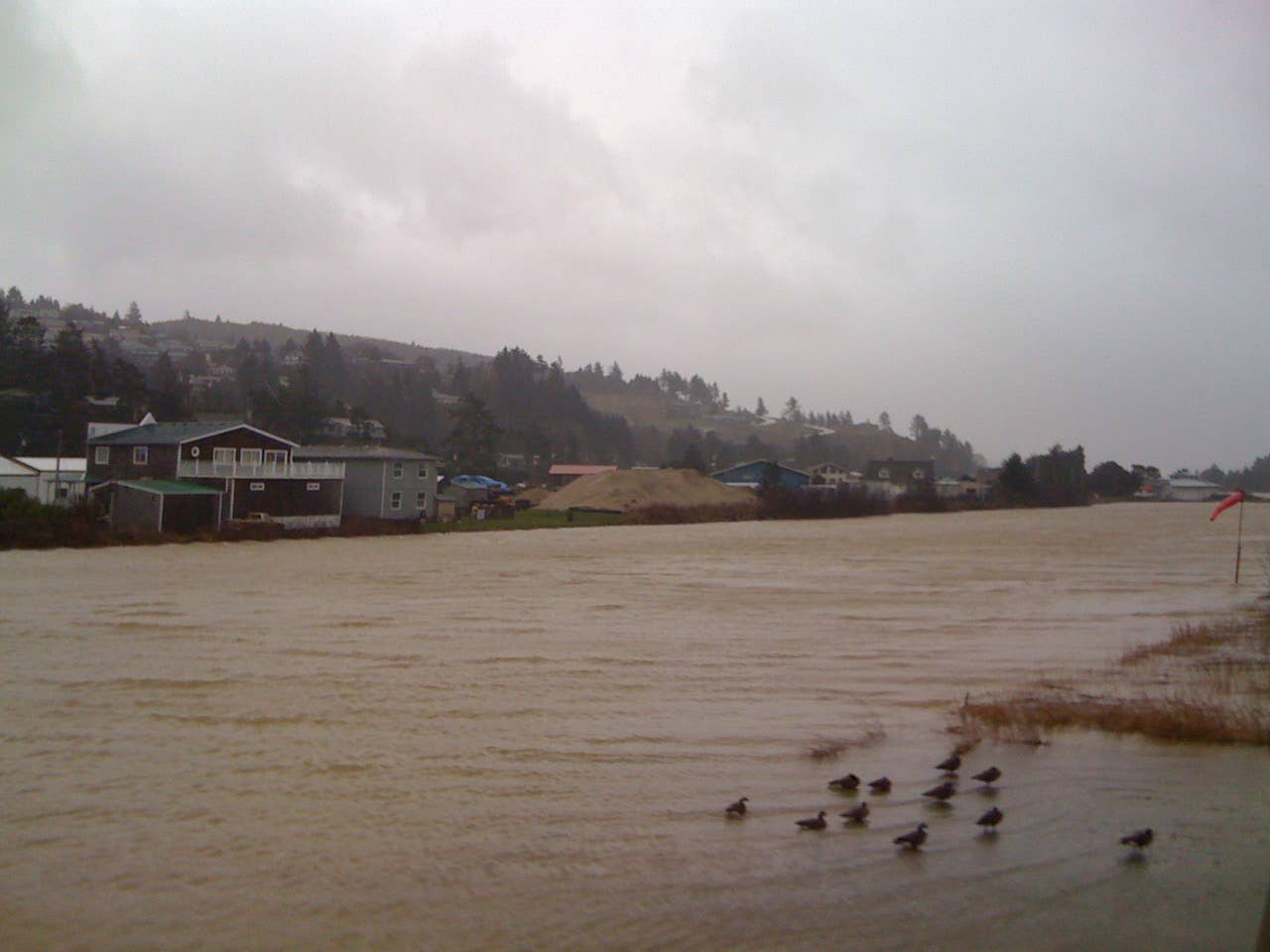
Coast Flight Training
It's no great revelation that all airplanes are made up of several different systems — some more complex than others. For the more complex systems, your POH should have several nice diagrams that display their intricate details. A prerequisite for this tip is that you learn the details of systems that run the airplane you're flying, and know the diagrams well enough that you can visualize them in your head. You can use this idea during the preflight, startup, runup or any phase of the flight, and it can become particularly useful during emergencies.
For example, think about your fuel system. There may be several tanks involved. While you're preflighting the aircraft, check how much fuel is in each tank. Make sure you drain each fuel drain that's displayed in the diagram. Based on the fuel levels from your preflight inspection, position the fuel selector for the most appropriate tank — generally the main tank with the most fuel in it. As you continue to visualize the system, the next step may be an auxiliary fuel pump. Do you need to turn it on? Next in line — perhaps the mixture. Think before you set it. If your engine is fuel injected, the mixture may need to be full aft as you engage the starter. If you're at a high elevation airport and your engine is carbureted, it may not want the mixture full rich during the start up. Take a second and think through each component of the system.
A simpler system to run through is the wing flaps. Whether they're electric or manual, make sure the flaps can be moved through the full range. At each flap setting, visually check the positioning and evenness of the flaps. If something is not working properly, visualize what component of the system could be failing.
This may seem like a time consuming process, but if you know your systems well it will only take a few seconds to mentally run through each one. I recommend you make it a habit before starting up your airplane to see your systems. Is there anything that needs to be addressed before the key is turned to both? I'm not suggesting that this technique should replace the use of a checklist, but rather supplement it. It's a worthwhile review of many little components that should be in your radar while you fly. And if that faithful day comes when an emergency happens, you'll quickly be able to analyze the problem since you're already used to mentally reviewing the intricacies of your airplanes systems.

Sign-up for newsletters & special offers!
Get the latest FLYING stories & special offers delivered directly to your inbox






